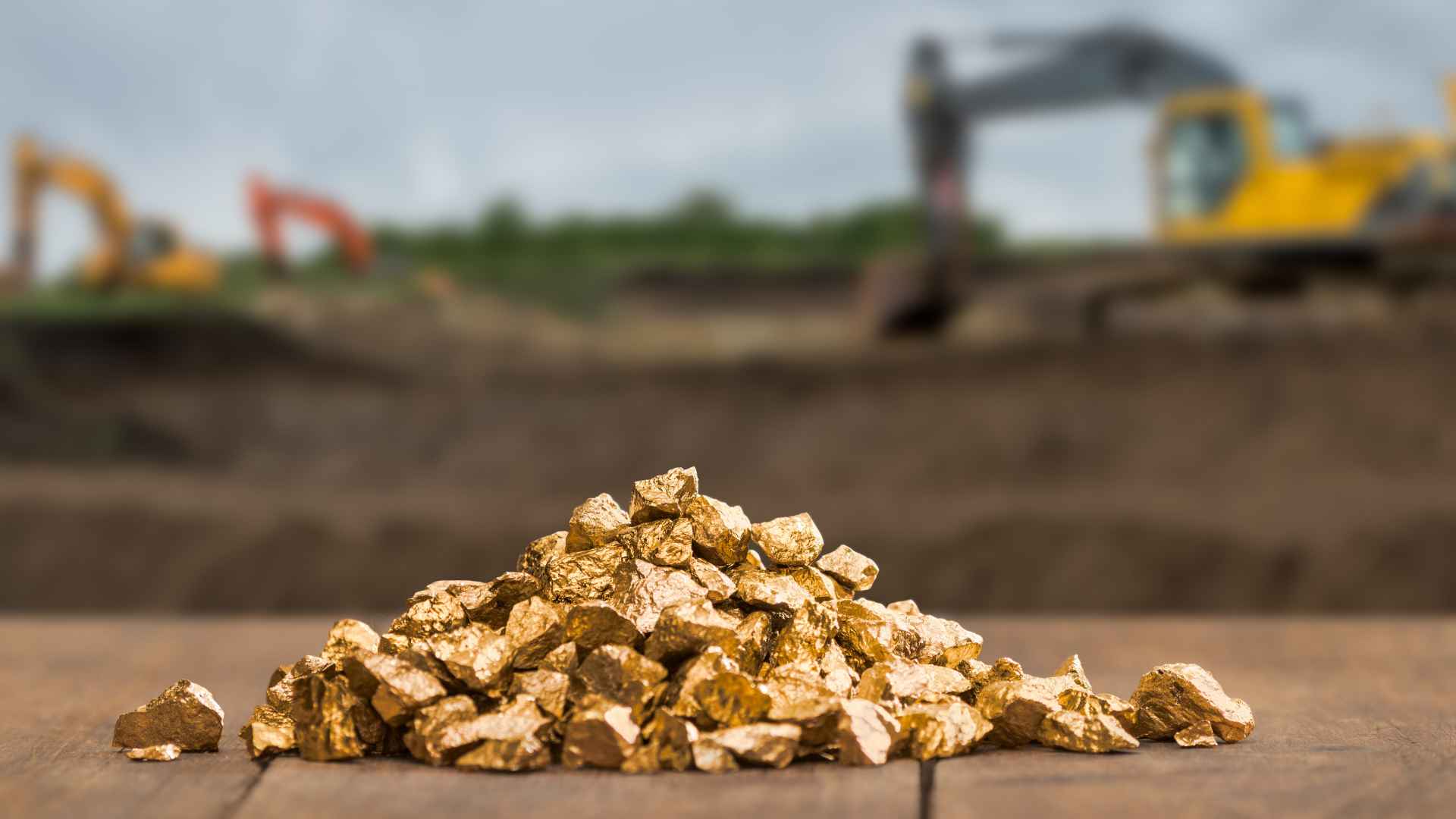A record‑setting cache in Hunan could hold 1,100 tonnes—about $83 billion in bullion—shaking markets from Shanghai to New York.
China’s Geological Bureau of Hunan Province has revealed the kind of figure prospectors dream about: up to 1,100 tonnes of gold resting beneath the Wangu field in Pingjiang County. That haul, locked in more than 40 veins traced as deep as 9,800 feet, would eclipse any precious‑metal reserve ever officially recorded.
Why the Wangu discovery could reshape China’s role as both top producer and heavy gold importer? China already mines roughly 10 percent of the world’s gold yet consumes three times that output. A fully proven Wangu lode could narrow the gap, strengthen Beijing’s hand in trade negotiations, and trim a multibillion‑dollar import bill. Could it even tilt the geopolitical balance of hard‑asset reserves? Investors are debating that right now.
How the supergiant ore find may drive bullion prices and global supply chains this decade
News of the strike propelled spot gold close to $2,700 an ounce, flirting with historic highs. Higher prices delight exporters such as Australia and South Africa—for now. Longer term, an additional 1,100 tonnes in the pipeline could soften price pressure and reroute refinery flows toward East Asia. Buckle up: volatility looks baked in. Below is a snapshot of the deposit’s key metrics:
| Attribute | Reported figure | Why it matters |
|---|---|---|
| Shallowest confirmed depth | 6,600 ft | Deep, but within reach of modern shafts |
| Modeled maximum depth | 9,800 ft | Points to even larger reserves |
| Confirmed in‑place gold | 330 tonnes | Already rivals many national stores |
| Projected total | Up to 1,100 tonnes | Could top every known single‑site reserve |
| Average grade | 138 g/t | Exceptionally rich ore boosts economic viability |
Those numbers sparkle, yet they also raise eyebrows. Digging three kilometers down means extreme heat, high rock stress, and punishing ventilation costs. Cooling systems, reinforced shafts, and strict safety protocols will add hefty overhead. On top of that, local officials promise “responsible mining,” hinting at exhaustive impact studies before any shovel hits bedrock.
Expert calls for international verification to confirm resource size and uphold transparent reporting standards
Veteran geologists applaud the find but urge compliance with frameworks such as Canada’s NI 43‑101 and Australia’s JORC Code. Independent audits would align Chinese estimates with global norms, dispelling doubts over grade inflation and ensuring investors can compare apples to apples. After all, who wants a gold rush built on shaky numbers?
If confirmed, the Wangu lode will rewrite mining textbooks and could reset gold’s global supply map. For China, the prize is greater self‑reliance; for markets, a fresh wave of uncertainty—and opportunity. Watch for third‑party assays, environmental clearances, and, eventually, the engineering feats required to haul treasure from nearly two miles underground.

